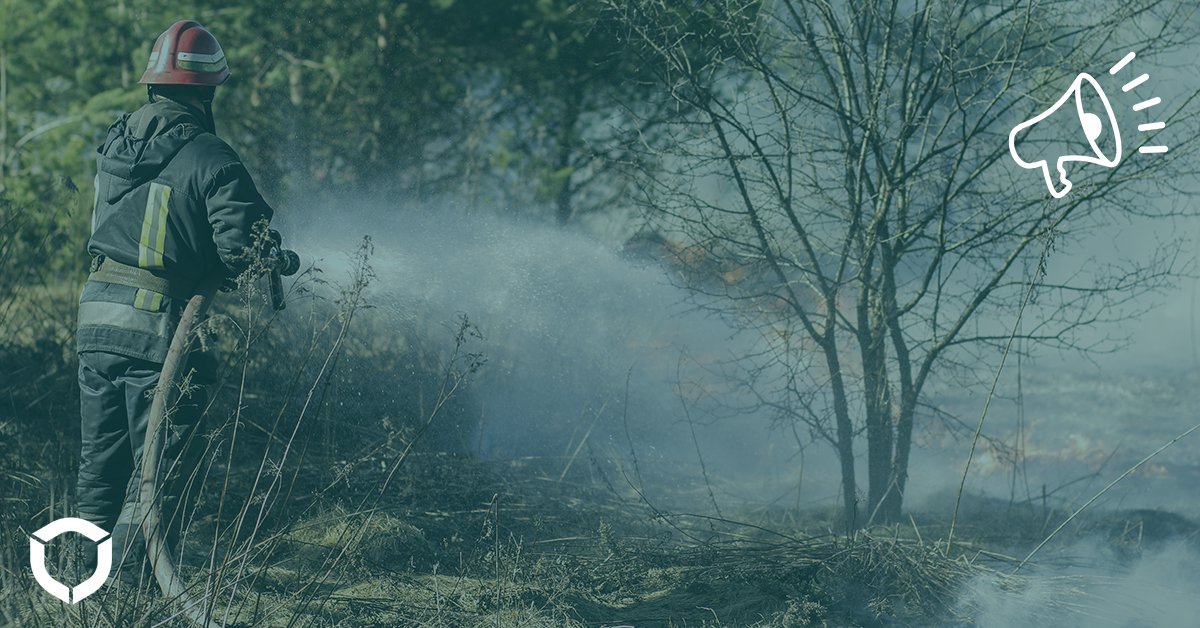Talking about the weather
February 08, 2022

The Government of Canada recently released their report on the top ten weather events of 2021. From relatively “new” weather-termed heat domes and atmospheric rivers to hurricanes, windstorms, and floods, Canadians experienced a year like none other in recent memory. And while it doesn’t matter the reason for client change, there is no debate in declaring that Canada’s climate is changing.
Once in a 500-year storms are now becoming as frequent as one in 50-year storms and generational floods seem to be happening every few years. The reality is that Canadians are experiencing more intense and more frequent extreme weather.
Weather is having an affect on how Canadians look at their businesses and residences, especially when it comes to insurance. Changing weather conditions has led to insurers being more cautious about what they are willing to cover and restrictions on where they are willing to do so. Consumers in turn are seeing their rates increasing sharply and in some cases homeowners and businesses are unable to acquire any insurance and some are confused why.
The weather is more turbulent than it’s ever been, and homeowners should be doing everything they can to protect their homes. The insurance industry in turn needs to increase its communication to Canadian homeowners to help them adjust to the changing weather.
Topics that brokers can have with their clients when discussing the weather and protecting their most important asset.
New Products – the insurance industry is continuously looking at new products that can help homeowners protect their home. One recent product which wasn’t thought of a decade ago is Overland Water Flood Insurance. The increase of atmospheric rivers, which can dump as much water as the St. Lawrence River in an area in an afternoon, has brought this new risk product to the forefront for homeowners. This product needs to be discussed for rural and urban areas residences.
Risk Assessment Inspections – Assessments are usually outside what is typically included in a standard policy and there may be an additional cost, but they can also help indicate potential problems before they arise.
Home improvements – Anytime there is a major change to the property or renovation to the home it should be brought to the brokers attention, this includes installing sprinklers systems, replacing/improving the roof, or purchasing sub-pumps. All of these can help protect homes and decrease risk from extreme weather.
Far too often the public views insurance as a compliance checkbox. This stigma needs to change. We need to help Canadians view insurance as a partnership so that we can work with them with the most information available to provide the best solutions possible.
With more weather data, the insurance business is evolving as well. Historical data plays a larger role, even if it’s for a short amount of time, as the insured can make a more educated decision when it comes to insurance-based purchases. Brokers need to be more proactive and ask more questions as it’s in their best interest and that of the insurance company to minimize claims.
Whether it’s a one-off event or the beginning of a new normal, the weather is changing and will continue to provide challenges for Canadians. It’s hard to speculate what may happen in the future and how changes in weather patterns could affect the many aspects of the insurance business. The insurance industry will play an even greater role in helping Canadians so talk to Canadian homeowners about the weather and how we can help them navigate the storms ahead.
